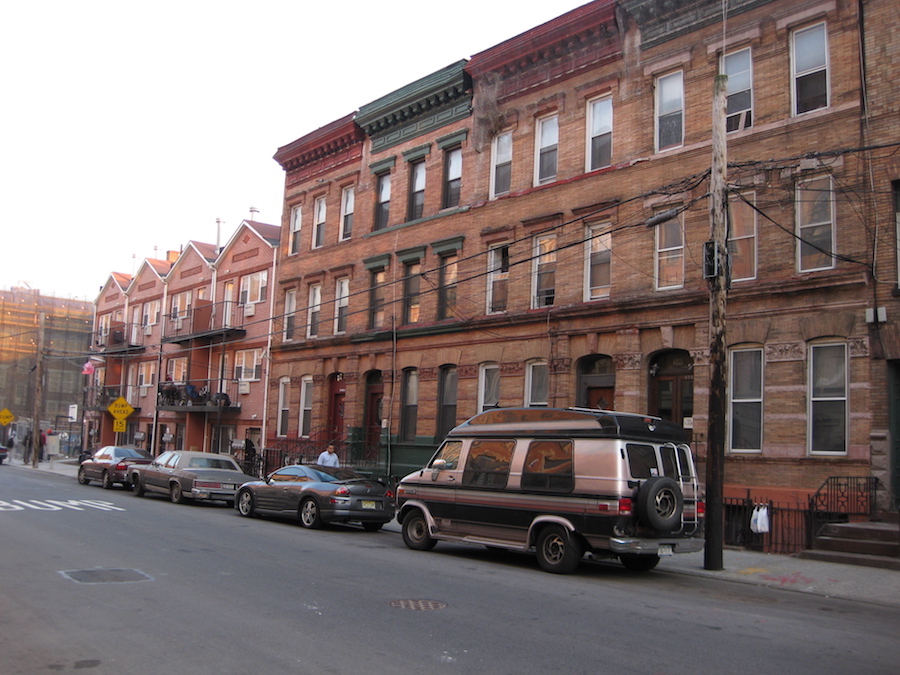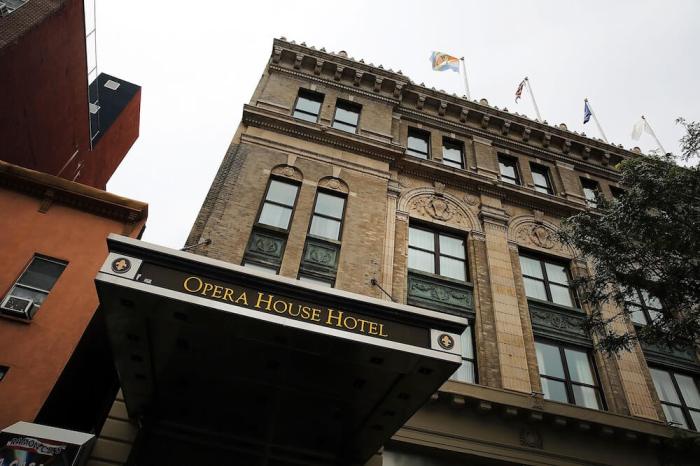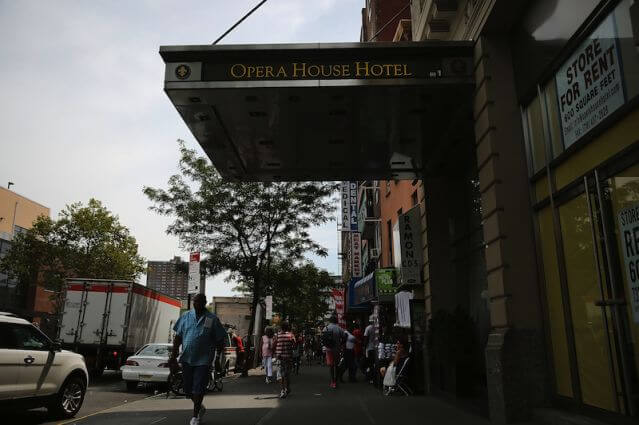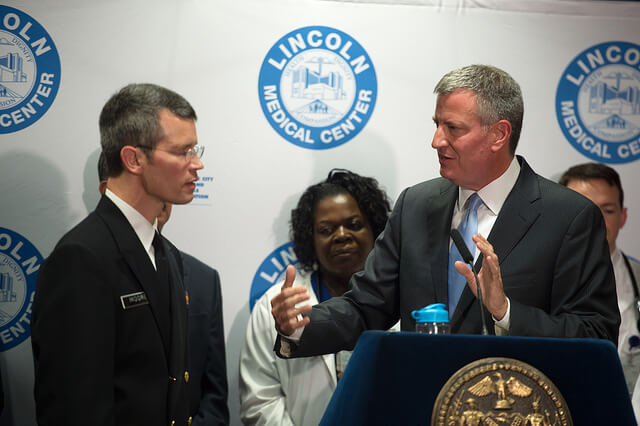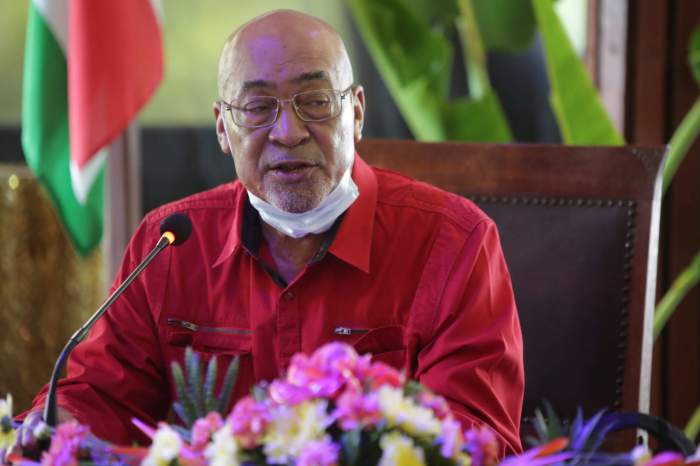Paying a preferential rent for your New York City apartment might be nice now, but it could put you at risk of a massive rent hike with no tenant protections, according to a new report from Bronx Borough President Ruben Diaz Jr.
Diaz’s report details what he calls a “preferential rent crisis” in New York City, identifying four neighborhoods in particular that are more vulnerable to high rent hikes: Jamaica, Bay Ridge, Fordham and Washington Heights.
When a landlord grants preferential rent, it means the tenant is paying below the legal registered rent for a rent stabilized New York City apartment, as registered by New York State Homes and Community Renewal and regulated by the New York City Rent Guidelines Board.
If landlords raise these preferential rents to the actual legal rent limit “en masse,” according to Diaz, it could put hundreds of thousands of New Yorkers at risk of eviction and displacement.
The gap between monthly preferential rent and maximum legal rent for these rent stabilized New York City apartments has been growing, the report says.
From 2008 to 2015, that median gap has increased 55 percent citywide, from $286 to $444, according to data analysis conducted for ProPublica by the city’s Independent Budget Office. In Manhattan, the median difference is more than $800.
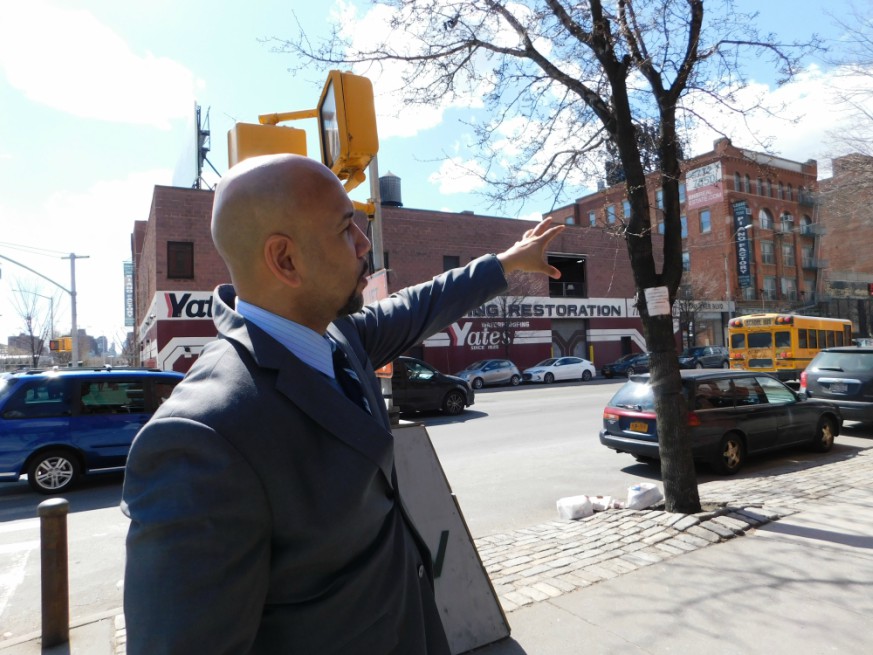
Bronx Borough President Ruben Diaz. Photo: Nikki M. Mascali
In 2017, Diaz’s office worked on a case of a disabled Social Security recipient living under his sister’s guardianship. He was forced to move, per the report, when his preferential rent was raised from $503 to the legal maximum rent of $1,650. Residents don’t always understand this rent hike can happen.
“Under current law, a landlord can eliminate a preferential rent with the stroke of a pen. There are currently no protections to keep the lower rent on which the preferential rent tenants have come to rely at lease renewal,” the report reads.
Diaz called the 2017 case “a clear cut example of a predatory landlord displacing a preferential rent renant in order to increase the rent and create a vacancy to help his bottom line.”
New York City apartments with preferential rent: how can tenants be protected?
The report looks closely at the four specific neighborhoods with high levels of preferential rents, but “every corner of the city of New York is touched by this crisis,” Diaz said at a news conference.
Diaz is calling for state legislation that ends the “preferential rent loophole” to be passed in the upcoming year. He also wants a new tax credit for landlords that would offset the potential revenue loss from the difference between preferential and legal rents, along with harsh punishments for landlords who harass their tenants in order to create vacancies and then raise rents.
The new landlord tax credit would cost about $93.5 million a year, according to the report, but Diaz says it would also “save billions in potential costs created by displacement, such as building new affordable units or housing families in shelters.”

